3D Subjects
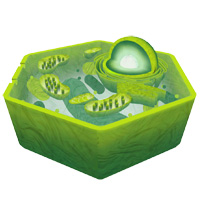
The study of biology fuels curiosity about the world in which we live. Biology seeks to explain what makes life possible, what life needs to survive, how life evolves and how life forms interact with one another. The Gaia 3D Solution makes teaching Biology easy with a range of 3D models covering organisms, behaviours, environments, growth, human reproduction and biochemistry.
Read more
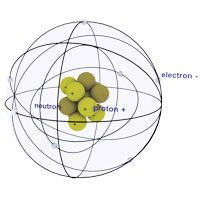
Chemistry looks at complex scientific concepts that may become tedious to study with the wrong approach. The curriculum must be detailed while finding creative ways to illustrate the subject matter and engage students. This problem is easily solved with Gaia’s 3D Visual Learning Solution, as students are able to explore and investigate the difficult subject matter at their own pace.
Read more
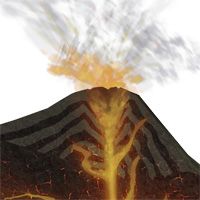
The study of geography stimulates an interest in and a sense of wonder about places around us in the physical world. It helps us make sense of a complex and ever-changing planet. It explains where places are, how places and landscapes are formed and how people interact with their environment. Gaia’s 3D Solution brings these places into the classroom, allowing students to investigate and discover our world.
Read more
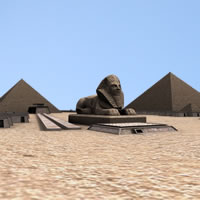
History helps pupils develop an understanding of events and situations from the past. Discovering the dilemmas, choices, beliefs and traditions of our ancestors can shape our decisions for the future. Rather than simply reading about the events and people that shaped our world, the Gaia 3D Visual Learning Solution provides a virtual environment in which users feel like they are experiencing history first hand.
Read more
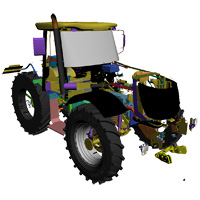
In Design and Technology, pupils combine practical and technological skills with creative thinking to design and produce products or systems that meet society’s demands. They learn to use existing technologies and consider the impact of possible future developments. 3D Visual Learning offers the opportunity for students to study representations of working equipment in a hands-on virtual environment.
Read more
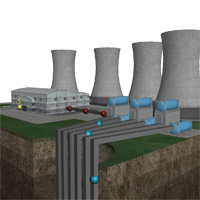
The study of Physics provides students with an understanding of energy, forces, and space. But it is fair to say that physics is one of the more difficult subjects studied in senior school. Many students find it difficult to define physics, let alone gain a real understanding of all the formulas and symbols. With Gaia’s 3D Solution, students are able to interact with physics principles in a new way, encouraging learning and discovery.
Read more
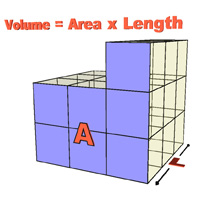
Mathematics education provides fundamental tools for understanding science, engineering, technology and economics. Learning mathematics also helps pupils develop essential skills in problem solving, risk assessment and critical thinking. Our 3D models provide a unique alternative delivery method for math content aimed at involving all students through critical thinking and collaboration.
Read more
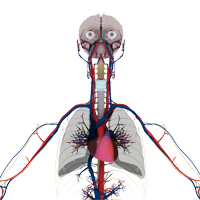
Physical Education helps pupils develop personally and socially. Learning about proper nutrition and exercise techniques teaches young people the importance of caring for our bodies. From the anatomical level through to nutrition, health and fitness training, standards of excellence and health and safety, we aim to use our models to enhance the learning experience.
Read more
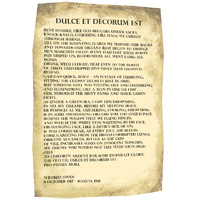
In studying English, pupils develop skills in speaking, listening, reading and writing that they will need to participate in society and employment. English is fundamental to learning in all curriculum subjects and forms the basis for learning in all areas. This subject can be made exciting and fascinating in the virtual environment adding a new dimension to a fundamental element of the national curriculum.
Read more
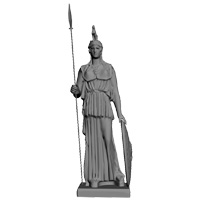
The Creative Arts enrich our lives and provide a better understanding of ourselves and the world around us. A well-rounded education provides students with an appreciation of the arts, and opportunities to actively participate in creative work. Being given time to explore creativity also increases self-discipline and self-esteem. Using the 3D system to teach the arts fosters and facilitates creativity in the classroom.
Read more









